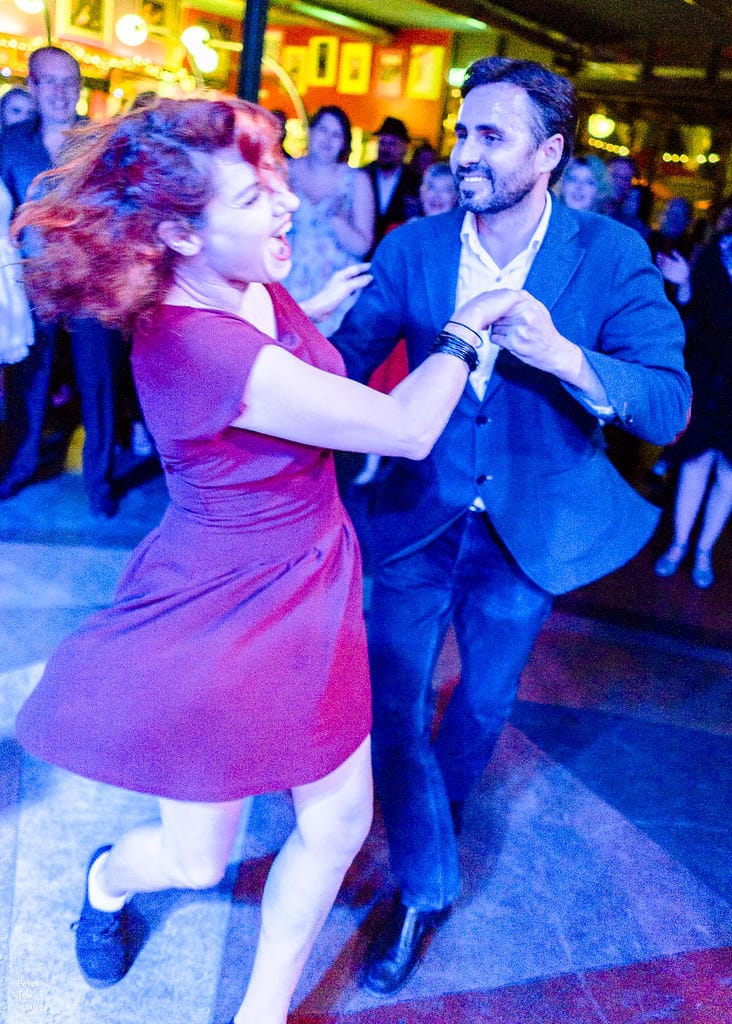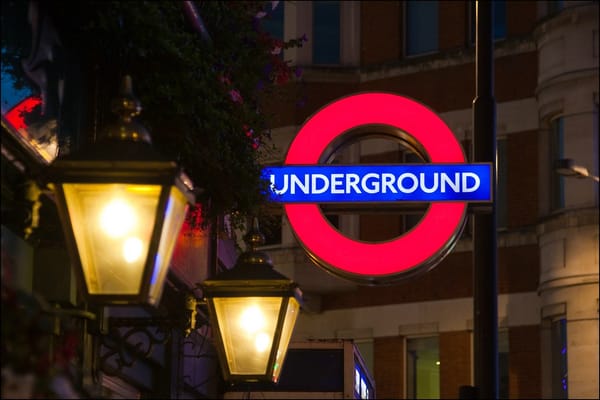When will white people stop appropriating black culture as ‘fun’ and ‘quirky’ hobbies?

Kai Jie Cai, MA Postcolonial Studies
“Swing Patrol […] isn’t just an erasure of Black history it is an erasure of what London looks like today.”
Swing dance emerged within the African American community alongside Jazz during the 1920s Harlem Renaissance era. Since the black body was excluded from the white material world, this free and joyful dance movement was inherently subversive. African American intellectuals and artists facilitated the Harlem renaissance to humanize the black body. This cultural explosion and its influence are still being felt today, reflected in music, art and dance all over the world.
But, my experience with the dance class company, Swing Patrol, reflects nothing of this history.
Swing Patrol is a UK company that holds classes across London and Brighton, teaching people vintage African American dances such as the Lindy Hop and Blue Dance. They host over 35 classes a week (which will cost you £10 a pop), and advertise their classes as a fun way to socialise and learn something new. This is a white institution, owned by white businessman Scott Cupit, profiting from African American culture and history.
In its marketing, Swing Dance’s black history is completely ignored; the advertising website largely represents white bodies as swing dancers. Looking at the Swing Patrol website, ethnic minorities are highly underrepresented: there are 20 Black people, less than 10 Asian people, and over 200 white people. Although the website has a page looking at famous swing dance stars including Frankie Manning and Norma Miller, this information is hard to find, making these two black Artists practically invisible. Despite white people being the vast majority of the UK, in London, the population is made up of 44% ethnic minorities. This misrepresentation on Swing Patrol’s website isn’t just an erasure of Black history – it is an erasure of what London looks like today. There is no good reason for the website to portray the white body as the typical swing dancer. Swing dance today should be about recreating and celebrating that Harlem world. It is about Black cultural freedom. Furthermore, this institution is erasing the black history of Swing Dance as the overwhelmingly ‘white’ portrayal of the dance discourages black people from attending.
I used my ‘yellow’ body to embrace classes at Swing Patrol. I was a minority in the classroom. Talking to a white woman who was also in my class, I asked her: ‘what makes you like swing dance?’
The white woman simply told me, ‘I like it, and you?’
‘I like it because it shows African American cultural freedom.’
Then, the white woman got upset. Indeed, she refused to dance with me. Riskily, I tried to interview the other white participants in my class, asking whether they were aware that Swing Dance is a part of black history.
Unsurprisingly, most of the white participants were not happy with my questions and felt like I was offending the sensibilities of this white economic institution profiting from black culture. Certainly, they had never heard of W.E.B Du Bois, Charlie Parker, Red Garland, Duke Ellington (I remember the dance teachers used his songs to teach in class a lot, but they rarely informed participants about the musician), Dizzy Gillespie, and so many others. These white people danced along to black jazz music while smiling, but they did not realize that very music is mourning the slaves who were terrorised by their white ancestors.
I am not saying white people should not and cannot do swing dance. But we need to recognise its history and ensure that it is black people who are benefitting from the current popularity of black culture, not Swing Patrol or any other white institution that uses cultural appropriation for profit.



